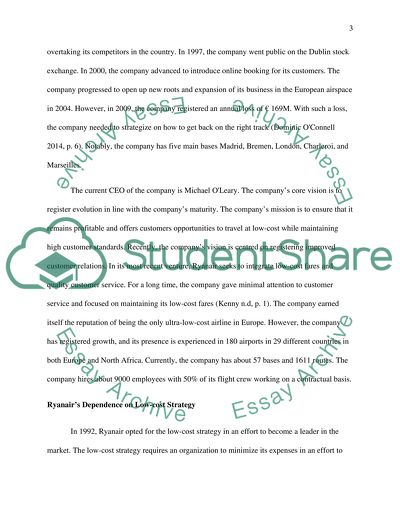Cite this document
(“Ryanair marketing strategies Assignment Example | Topics and Well Written Essays - 3250 words”, n.d.)
Retrieved from https://studentshare.org/marketing/1682479-ryanair-marketing-strategies
Retrieved from https://studentshare.org/marketing/1682479-ryanair-marketing-strategies
(Ryanair Marketing Strategies Assignment Example | Topics and Well Written Essays - 3250 Words)
https://studentshare.org/marketing/1682479-ryanair-marketing-strategies.
https://studentshare.org/marketing/1682479-ryanair-marketing-strategies.
“Ryanair Marketing Strategies Assignment Example | Topics and Well Written Essays - 3250 Words”, n.d. https://studentshare.org/marketing/1682479-ryanair-marketing-strategies.


